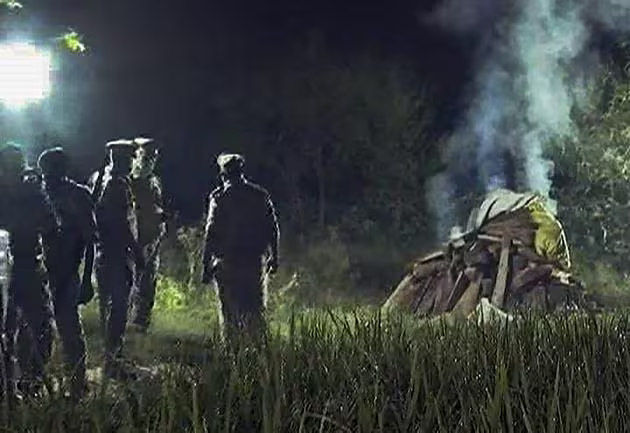To say don’t make the Hathras incident about caste is ignorance and privilege. But the systemic oppression of Dalit women isn’t new

The outrage over Hathras is justified and necessary. But there is nothing new about the systemic oppression of Dalit women aided by State-backed institutions: The police who won’t file FIRs, lawyers who urge rape survivors to compromise, a legal system that exhausts the patience of the most stoic victim, and a media that finds no merit in these stories.(PTI)
Two nine-year-olds were fighting over something inconsequential in district Patna, Bihar. As the fight showed no sign of flagging, the elders of one of the boys, dominant caste as it turned out, decided to get involved. The Dalit boy, after all, had to be shown his place.
The men from the dominant caste caught hold of the Dalit boy’s mother. They stripped her and paraded her through the village. The woman’s mother and daughter tried to intervene and were thrashed. Finally, the village sarpanch stepped in and a bystander offered the woman a shawl. An FIR was filed, but the accused got bail.
This story was narrated by the woman’s husband at a conference organised in New Delhi by the All India Dalit Mahila Adhikar Manch a few years ago.
But the reality of living as a Dalit woman in India hasn’t changed. Tucked inside the newspapers — if at all — it filters through stories of everyday, routine indignities. Somewhere a sarpanch is denied a chair on the podium during a Republic Day function. A bride’s palanquin takes the long route home so as to not pollute the roads that dominant castes tread on. Shopkeepers fling purchases made by Dalit customers. Temples and common water sources are barred. Just another day in the life of a Dalit.
The outrage over Hathras is justified and necessary. But there is nothing new about the systemic oppression of Dalit women aided by State-backed institutions: The police who won’t file FIRs, lawyers who urge rape survivors to compromise, a legal system that exhausts the patience of the most stoic victim, and a media that finds no merit in these stories.
To say, “don’t make this about caste” is ignorance and privilege. Of course, it is about caste. Of course, there is a power dynamic. Would there have been mere outrage and not a raging lynch mob if four Dalit men had attacked a Thakur woman in a similar fashion? Would the police have locked an upper caste family inside their home and denied them access to their daughter’s cremation?
Caste is modern India’s dirtiest little secret. It has a grip so insidious that parents will kill their own daughters for falling in love with men from the “wrong” caste; a grip so normalised that in 2014, India’s biggest caste survey found one in four Indians freely admitted to practising some form of untouchability.
Of all the ghastly visuals that emerged from Hathras, the one that broke my heart is the one where the sister-in-law of the 19-year-old Dalit girl is running behind the district magistrate’s official white car as he leaves the village in a plume of dust.
An Indian citizen, guaranteed equality by the Constitution, is chasing India’s new rulers like a supplicant in a feudal autocracy, begging for the most basic human right — dignity in death. Or at least an answer. Of course, the car does not stop.
Namita Bhandare writes on gender
The views expressed are personal